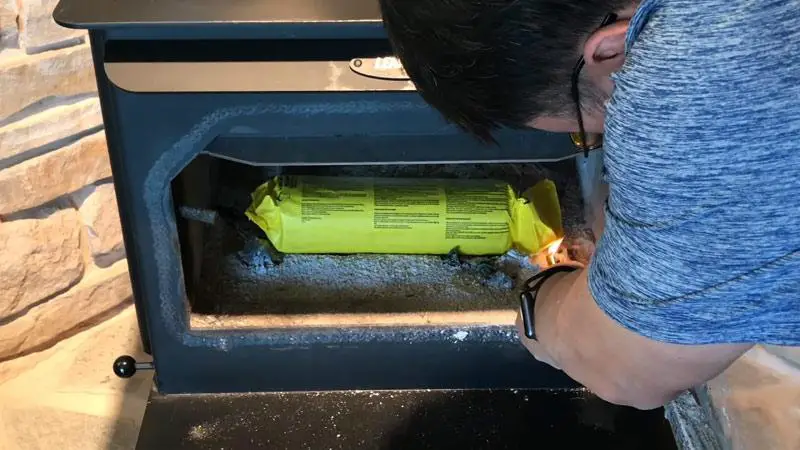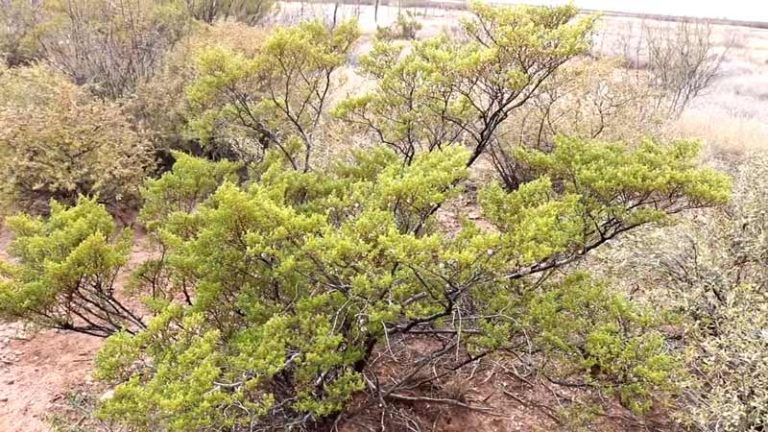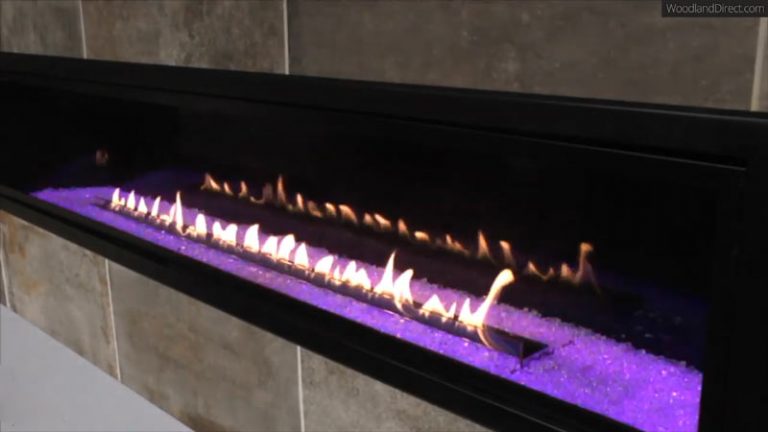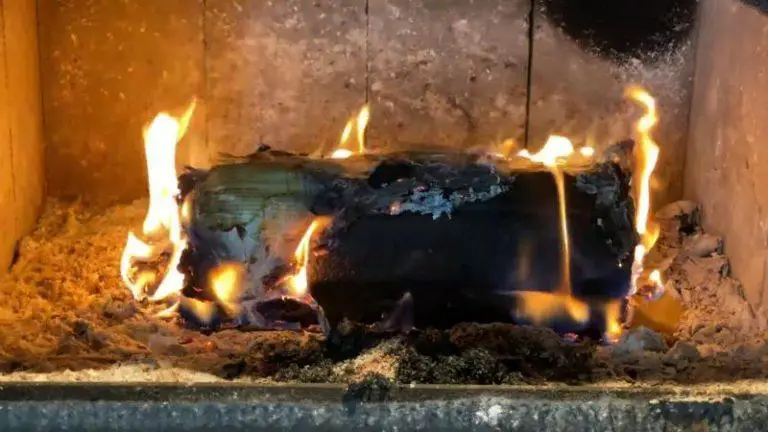How Do Creosote Logs Work

Sweeping with a chimney sweep may not be the best solution if you are having trouble cleaning your chimney. If you are experiencing creosote build-up, contact a professional to clear it out and prevent future problems.
Burning logs can cause Creosote to form on the inside of your chimney walls over time; sweeping will only push it around and make the problem worse. Many homeowners choose to have their Chimneys professionally cleaned at least once per year – even if they don’t experience any issues.
Professional sweeps use special equipment that reaches every nook and cranny, so calling one in might just be the best decision for your home
How Do Creosote Logs Work?
Sweeping with a chimney sweep may not be the best solution if you are having trouble cleaning your chimney. If you are experiencing creosote build-up, contact a professional to clean it out.
Burning logs can cause this and other problems in your fireplace; avoid them by using a stovetop fire starter instead of burning wood inside the fireplace. Sweep away any sparks or embers before they reach the flue; use an extinguisher if needed to put out the flames immediately.
Creosote logs are a type of firewood that is made from the wood of creosote-treated trees. Over time, creosote became mixed with other chemicals and it’s now used as a way to treat wood for burning.
Smoke from the Logs Loosens Creosote in the Flue
Creosote is a sticky, black substance that forms on the inside of chimneys over time. This buildup can cause your fireplace to smoke and smell bad. The process of removing this buildup is called “creosoting” and it basically involves spraying a solution onto the logs and then burning them.
As smoke from the fire enters the flue, it loosens up all of the creosote deposits, which then fall down into the firebox where they can be easily removed.
Creosote Then Falls down into the Firebox
Once all of the loose creosote has been collected in one place, you can just remove it using a brush or vacuum cleaner. Creosote is very easy to clean once it’s gone, so you won’t have to worry about any nasty odors or messy build-up for long.
Burning Chimney Sweeping Logs Can Cause Creosote Build-Up
Creosote logs are used to clear the chimney of creosote and soot. The burning process produces hot gases and these gases can cause a build-up of creosote in the chimney if not cleaned regularly.
Sweeping or shoveling the logs with a brush will help dislodge any built-up material, which can then be cleaned using a high-pressure water jet system or vacuum cleaner. If regular cleaning isn’t possible because of structural problems, then specialist services may need to be hired in order to remove the buildup safely and effectively.
In some cases, it may be necessary to replace all or part of an old chimney due to damage caused by creosote accumulation.
Sweeping With A Chimney Sweep May Not Be The Best Solution
Sweeping with a chimney sweep may not be the best solution when it comes to sweeping up leaves and other debris from around your home’s exterior. Creosote logs can help you clean all of the nooks and crannies in your roof, making sure that any leaves or other material are taken care of quickly and easily.
These logs are also effective at getting rid of moss, lichen, and algae on exterior walls – giving them an overall spring cleaning. When using a chimney sweep to clean your roof, make sure to use caution so as not to damage tiles or shingles on your house – this should only be done by an experienced professional.
Finally, remember that creosote logs will need replacement every few years depending on how often they’re used; take advantage of our current sale prices to get started today.
Contact A Professional
Creosote logs are often used to clean chimneys. If you have trouble cleaning your chimney, contact a professional for help. It is important to use the right tools when cleaning your chimney with creosote logs.
You should also keep an eye on the fire while using creosote logs to avoid creating too much heat or smoke in your home’s interior spaces. Creosote logs can be bought at most hardware stores and fireplace retailers.
Does creosote logs really work?
Creosote logs are a popular method for removing tar and other debris from car engines. They work by using heat and steam to break down the residue. This process can remove oil, gas, carbon monoxide, and other dangerous toxins from the engine.
Creosote logs are a popular tool used to remove creosote from a fireplace or chimney. However, these logs can’t reach all the creosote and may not be able to completely remove them. If you don’t sweep enough residue away, your fireplace or chimney could get damaged.
Additionally, if the logs are swept too vigorously or in an incorrect manner, they could cause damage to your home and potentially start a fire. It’s important to use caution when using this type of tool—if you’re not sure how to do it safely, consult with a professional cleaner instead.
In some cases, cleaning with creosote logs can actually result in more damage than originally occurred due to the accumulation of residual creosote on surfaces that were missed during initial clean-up efforts.
Although sweeping may seem like an easy way to get rid of leftover creosote buildup, it’s important not to damage your fireplace or chimney in the process by hitting hard edges or corners with the broomstick-like device.
How often should you burn a creosote log?
Creosote logs are used to prevent moisture and insects from building up in a wooden structure. Burning the logs every few years will help keep your home healthy and free of pests.
Burn Every 60 Fires
If you use your chimney every day, it is important to burn a creosote log every 60 fires in order to maintain proper operation. Creosote logs are used as a way of burning off the by-products of wood combustion.
This process helps reduce the amount of soot and smoke that is released into the atmosphere, which can improve air quality.
Keep Track of How Often You Use Your Chimney
It is important to keep track of how often you use your chimney in order to make sure it is functioning properly.
If there are any signs that your chimney isn’t working as it should be, such as poor air quality or decreased fire efficiency, then you should take action right away and have it inspected by a professional.
Check for Creosote Build-Up Regularly
If you regularly use your fireplace, it is important to check for creosote build-up on a regular basis and clean any deposits if they occur.
Creosote buildup can create problems with airflow within the fireplace and increase the chances of a fire starting inside the chamber.
How long does it take a creosote log to burn?
Proper pre-fire preparation is essential to a successful creosote burning experience. Heating the chimney with a Creosote Sweeping Log will ensure an even burn time.
CSL – 90 Minute Burn Time provides you with plenty of time to enjoy your backyard fire. Make sure to follow all safety guidelines when using CSL.
How do you use creosote fire logs?
Creosote fire logs are perfect for use with a fireplace or wood stove. Place CSL on the embers of your fire and allow for a 90-minute burn time. Let CSL burn out completely to avoid any unpleasant odors or smoke residue in your home.
Be sure to dispose of burning creosote logs responsibly.
Do potato peels clean chimneys?
Yes, potato peels can clean chimneys. In fact, they are often used to doing this because they have a high starch content which helps them cling to the walls of the pipe.
Over time, these deposits will build up and cause problems with your chimney’s ability to draw in air and smoke. By using a potato peeler on a regular basis, you can help keep your chimney clear and free from damage.
- You can clean your chimney using potatoes. To do this, start by chopping up some fresh potatoes into small pieces and placing them in a large pot. Fill the pot with water and bring it to a boil. Once boiling, reduce the heat to low and let the potatoes cook until they are soft.
- When the potatoes are cooked, remove them from the pot and place them in a wire mesh strainer placed over another container or bowl. Make sure that all of the potato skins and flesh are removed before discarding them.
- Spread the mashed potato on top of an open fire where it will quickly burn off leaving only ash behind (this is why you should always collect acorns in autumn.).
- If there is any residue left after burning off most of the Potato peelings, use a broom to sweep it away before lighting up your fire again.
Does burning aluminum cans help with creosote?
Some people believe that burning aluminum cans helps to break down creosote, a toxic byproduct of oil and gas production. Burning cans in an open fire may help reduce the amount of creosote released into the air, but it’s not clear how effective this is.
Burning Aluminum Cans Creates Heat
The heat that is created when you burn an aluminum can will help to increase the temperature of the chimney. This in turn will create more heat and cause even more creosote buildup. However, there is no real impact on built-up creosote levels.
Heating the Can Causes an Increase in Chimney Heat
When you build a higher chimney, you are allowing more air into the flue and this will help to prevent Creosote from forming by heating it up too much before it enters your home’s atmosphere.
Creosote Buildup May Be Prevented
If you want to avoid having any kind of creosote problem, then building a more expensive chimney may be your best bet.
Not only will this option prevent problems with excessive accumulation but it also offers better thermal efficiency which means less energy waste overall.
Will Not be Much of an Impact
Although burning aluminum cans does generate some heat, it is not enough to significantly affect how much crease builds up over time. And lastly, if properly installed and maintained, more expensive chimneys offer other benefits such as improved thermal efficiency, less noise pollution, and a longer lifespan than cheaper models.
Bringing aluminum cans helps prevent creosote in some ways.
To Recap
Creosote logs are made from the wood of creosote-treated timber. Creosote is a natural product that’s used to treat wood before it is sold as lumber. The process of treating the wood with creosote creates a log that has been treated with a powerful poison and will not decay for many years.



![How to Remove Stove Pipe From Ceiling? [Step By Step Guide]](https://fixitinthehome.com/wp-content/uploads/2023/01/removing-stove-pipe-768x432.jpg)



